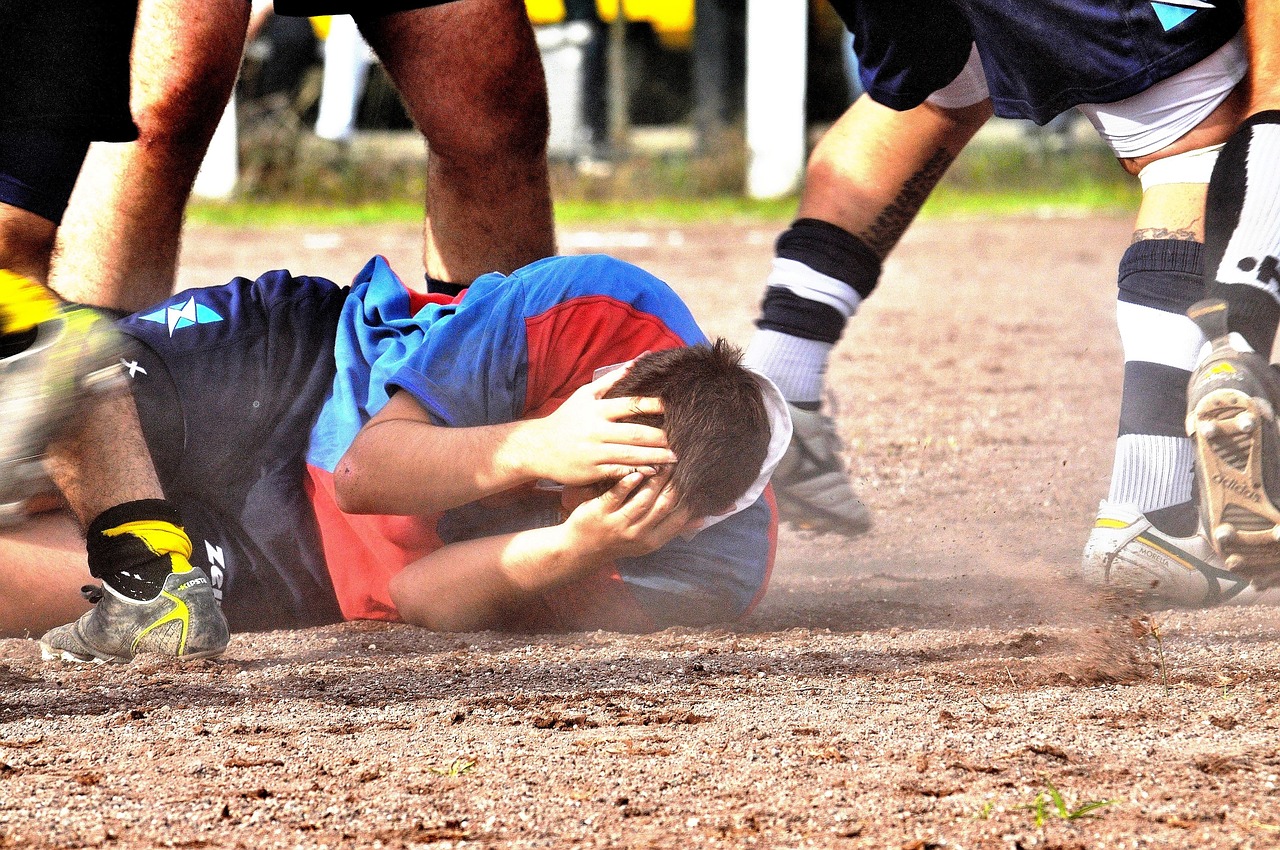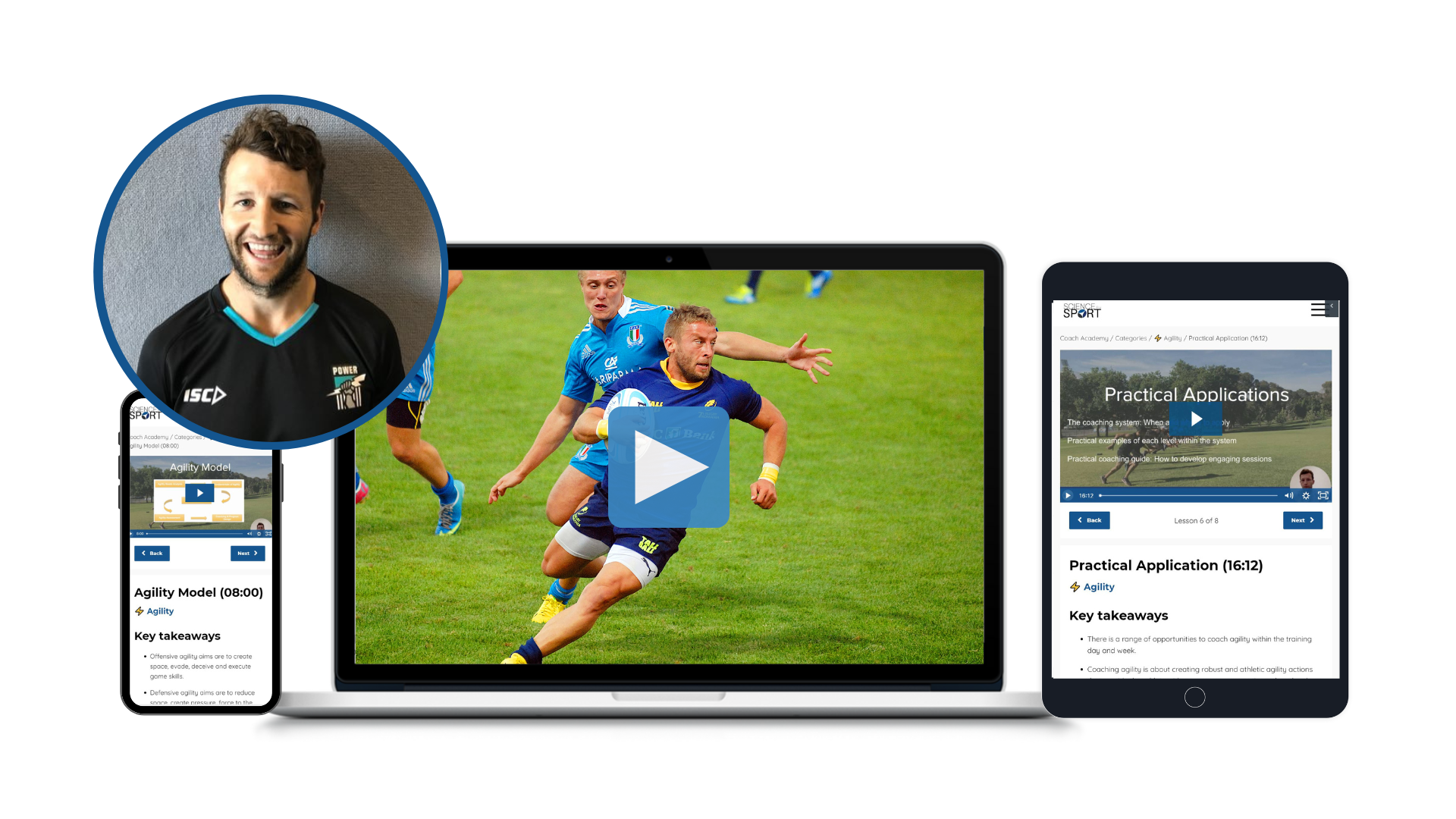Contents
- What is Concussion?
- How Long Does a Concussion Last?
- Concussion Signs and Symptoms
- What are the Physical Signs of a Concussion?
- How Harmful is a Concussion?
- What are the 3 Stages of a Concussion?
- How Long is Concussion Recovery?
- How to Speed up Concussion Recovery?
- Conclusion
- References
Concussions are a significant concern in sport, affecting athletes of all levels. Understanding the intricacies of concussions, from causes and symptoms to treatment and recovery, is crucial for athletes, coaches, and medical professionals.
What is Concussion?
A concussion is a type of mild traumatic brain injury (TBI) that occurs when a non-penetrating head trauma, such as a blow to the head, or acceleration/deceleration forces, lead to a sudden jolt or shake of the brain. Subsequently, this causes temporary disruption of normal brain function [1]. It is classified as a brain injury that does not typically involve structural damage, such as bleeding or swelling, but instead can alter the brain’s chemical balance, disrupt cellular functioning and cause metabolic changes [2]. Concussions are common in contact sports like Football, Rugby, American Football, Boxing and MMA but can also occur in non-contact sports and everyday activities.

How Long Does a Concussion Last?
The duration of a concussion varies depending on the severity of the injury and the individual’s health. Generally, most symptoms of a concussion resolve within 7 to 14 days; however, some individuals may experience prolonged symptoms of more than 28 days [3].
Increased recovery time has been associated with a history of previous concussions. 30 % of collegiate football players with more than 3 concussions experienced symptoms lasting over 1 week compared with 14.6 % of those with 1 previous concussion [3]. Adults who reported higher scores on the Post-Concussion Symptom Scale (PCSS) (42.5 vs 19.2, p <0.01) and had a greater number of symptoms (13.9 vs 8.9, p = 0.008) had an increased likelihood of suffering concussion symptoms for more than 28 days [4].
Paediatric patients aged 10 to 17 years old demonstrated a median recovery length of 17 days. Similar to the adult population, higher symptom scores were associated with prolonged symptom effects. Furthermore, patients with more than 2 previous incidences of concussion also experienced an increased recovery time. Interestingly, females were at greater risk of prolonged recovery than males (odds ratio = 2.08, 95 % confidence interval = 1.49-2.89) [5].
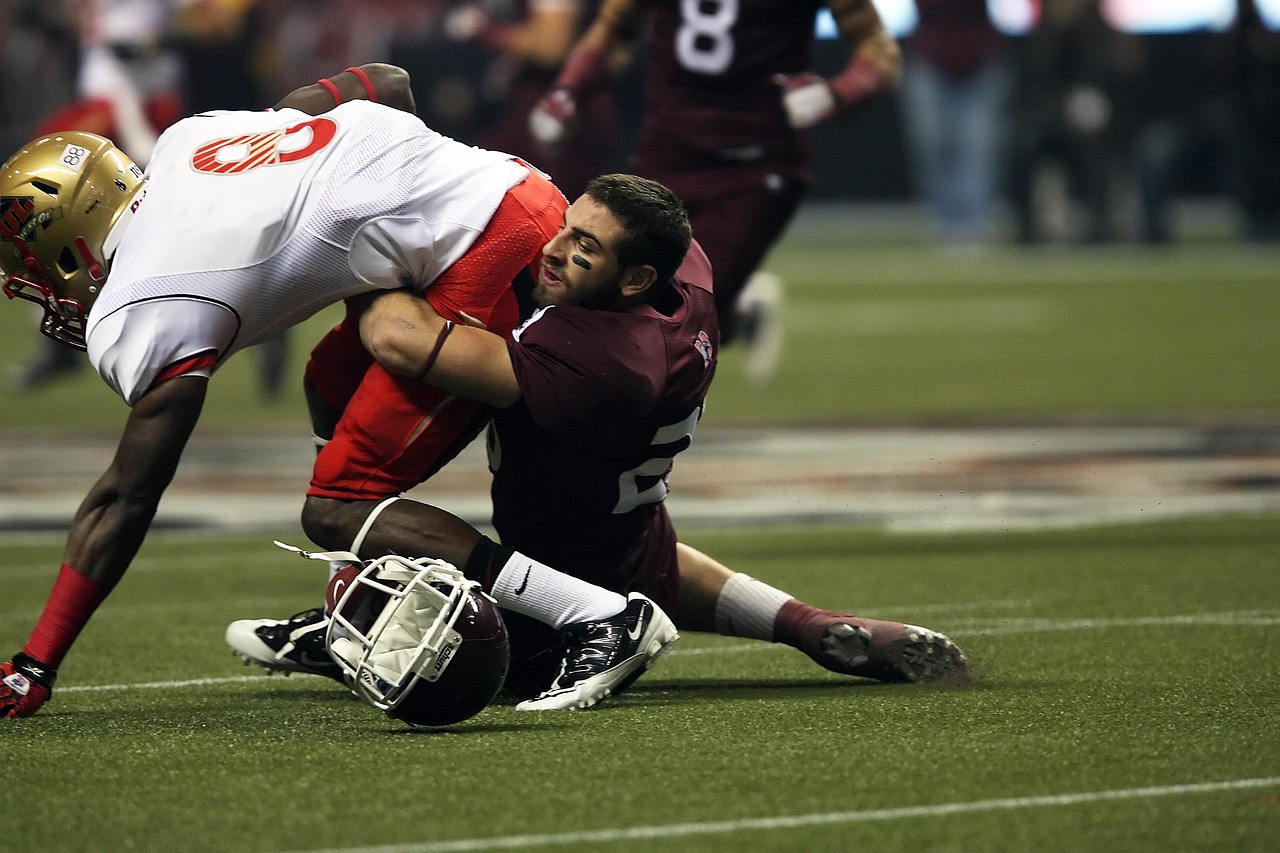
Concussion Signs and Symptoms
Symptoms of Concussion
Concussions manifest through various symptoms that can be categorised into physical, cognitive and emotional/behavioural domains. General symptoms immediately following an injury include headache, dizziness and mental disturbance. These include mental clouding, general confusion or the feeling of being slowed down. Over the next 24 hours, further symptoms can manifest, including nausea, inhibited balance, visual disturbance, confusion, memory loss and fatigue [6]. As time progresses, additional symptoms, including tiredness, irritability, nervousness, anxiety, sleep disturbance and sensitivity to light or even noise, have been reported [7]. It is important to consider that not all symptoms are present in each concussion case; furthermore, athletes with a history of previous concussions display a more varied presentation of symptoms [8].
Do symptoms vary depending on age/gender?
Male and female high school and collegiate athletes experienced different outcomes following a concussion. High school athletes performed worse on both verbal and visual memory tests after a concussion. Furthermore, female athletes performed worse than their male counterparts on visual memory and reported greater post-concussion symptoms [9].
Concussion Causes
Concussions can be caused by any significant impact to the head or body. The rapid acceleration and deceleration of the brain within the skull are what leads to a concussion [1]. A study of more than 2000 athletes across 27 high school sports indicated that 62.8 % of concussions were caused by player contact. Player contact also accounted for a larger proportion of concussions in males compared to females (59.1 % versus 39.8 %). Equipment contact was the second largest mechanism of injury, with 66.8 % of these concussions coming from contact with the ball. American Football had the highest overall rates of concussion with 9.21 per 10,000 athlete exposures (AE,) which is significantly higher than a rate of 3.89 per 10,000 AE across all high school sports. The rate of concussion increased during competition for most sports, with 19.87 per 10,000 AE. Interestingly, concussion rates were higher in females vs males in sex-comparable sports [10].
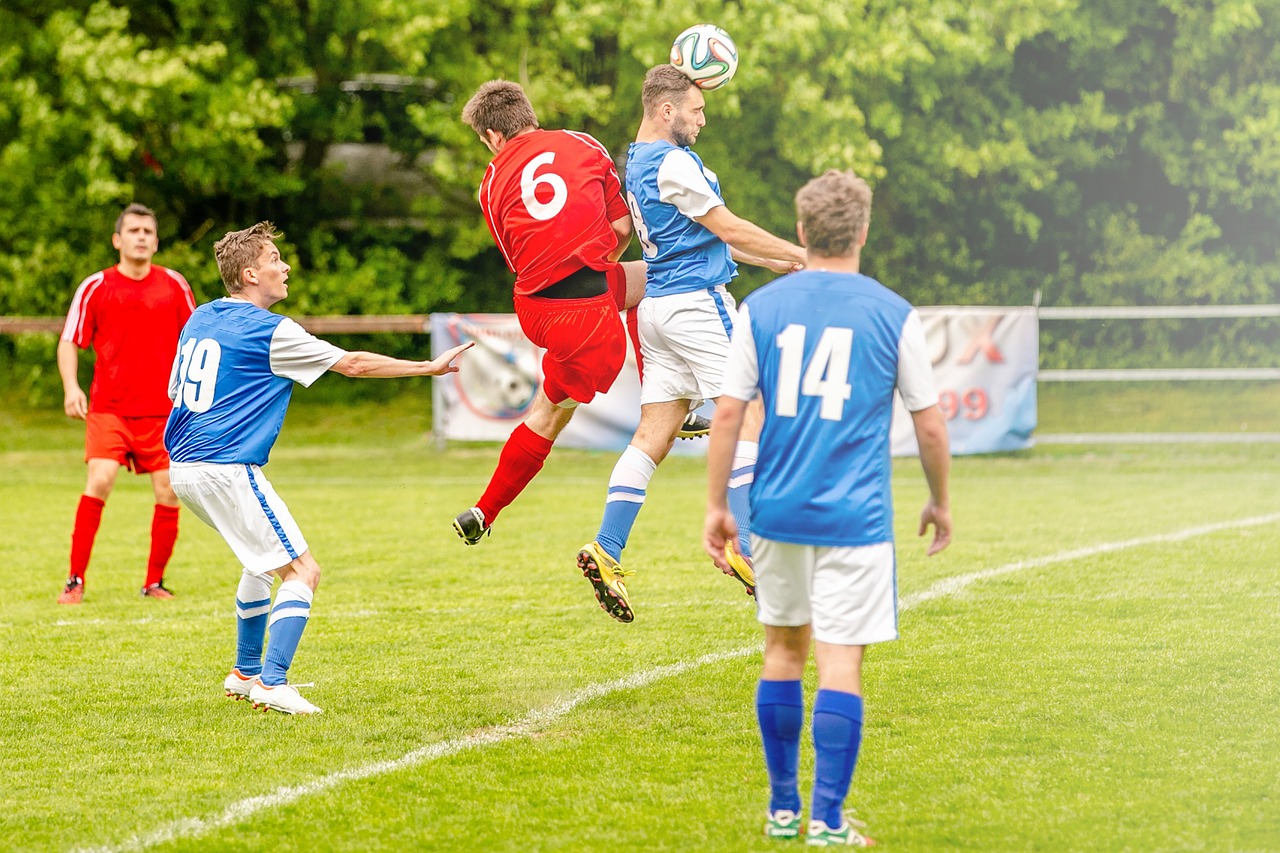
What are the Physical Signs of a Concussion?
As a coach, athlete, official, or spectator, identifying a concussion promptly is critical to ensuring swift treatment and recovery. The Sport Concussion Assessment Tool, 3rd Edition (SCAT3) is a standardised tool used by medical professionals to evaluate concussions in athletes and can be used for athletes 13 years and older. Furthermore, pre-season SCAT3 baseline testing is often utilised by professional clubs and organisations to aid the interpretation of post-injury scores. In a study of concussions in Ice Hockey [11], they investigated the prevalence of five on-field signs of a concussion using the SCAT3.
- Disorientation (68 %)
- Postural Instability (44 %)
- Vacant Look (41 %)
- Amnesia (27 %)
- Loss of Consciousness (24 %)
Additionally, almost two-thirds of subjects displayed more than one on-field sign of concussion. Despite being the most common on-field sign, disorientation was not associated with cognitive defects. Other signs of concussion include emotional liability, which is often displayed through behaviours such as uncontrollable or inappropriate laughing or crying [8].
How Harmful is a Concussion?
As previously discussed, most symptoms of a concussion resolve within 7 to 14 days; however, some individuals may experience prolonged symptoms of more than 28 days, particularly individuals with a history of previous concussion [3].
It has been hypothesised that repetitive neurotrauma sustained in boxing is associated with chronic brain damage. This has been described as having a neurological syndrome referred to as ‘punch drunk syndrome’, traumatic encephalopathy, dementia pugilistica, chronic traumatic encephalopathy (CTE) and chronic progressive traumatic encephalopathy. In brief, repetitive head injuries can cause long-term cognitive and emotional difficulties for the athlete [12].
In recent years, there has been much publicity around the long-term effects of heading in Football. According to research [13], former professional footballers are 3.5 times more likely to suffer from dementia than people of the same age range in the general population. Further research [14] found that neurodegenerative disease varies by position and length of career but is not impacted by which decade players competed. Although footballers have a greater risk of experiencing neurodegenerative disease, it is important to consider there are wider physical and psychological health benefits to playing football.
This research led to The Football Association’s decision to adopt the International Football Association Board trial to remove deliberate heading in grassroots football matches at U12 and below.
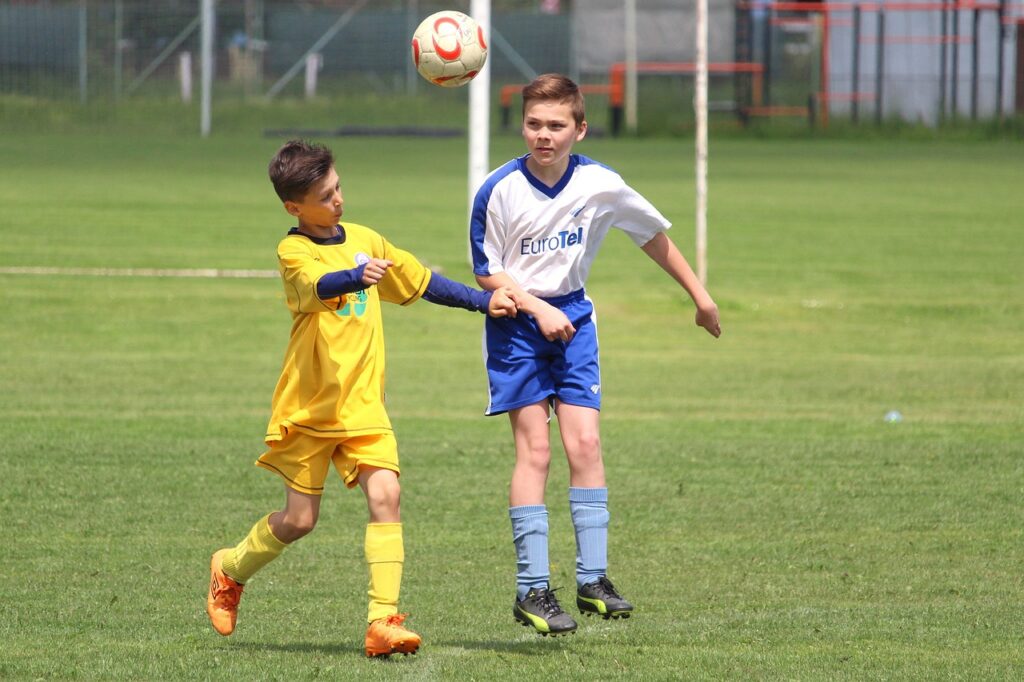
What are the 3 Stages of a Concussion?
Understanding the three stages of concussion can help in managing and monitoring recovery:
Acute Phase
The acute phase is typically the first 24 to 72 hours following a concussion, where symptoms are most pronounced. As previously highlighted, symptoms include headache, dizziness and mental disturbance. As time progresses, further symptoms include nausea, inhibited balance, visual disturbance, confusion, memory loss and fatigue [6]. Prompt recognition of a concussion and appropriate management are crucial to facilitate recovery.
Recommended management during the acute phase includes immediate removal from activity and physical and cognitive rest. Light physical activity, such as walking, can be reintroduced within the acute phase, providing it does not exacerbate symptoms [15]. Furthermore, continuous monitoring during the acute phase is essential.
Subacute Phase
The subacute phase is the period that commences immediately following the acute phase and typically lasts around 3-weeks [16]. This phase is characterised by an ongoing recovery process that may not be immediately evident through standard clinical assessments. Specifically, concussed individuals may exhibit decreased activation in the right hemisphere attentional networks shortly after injury, followed by improved activation in these areas as recovery progresses. Subsequently, symptoms often begin to improve for the individual; however, as the brain is still vulnerable, a gradual reintroduction to physical and cognitive activity is important.
Chronic Phase
The chronic phase of a concussion refers to the period extending beyond the initial weeks following the injury, during which some individuals continue to experience persistent symptoms and cognitive deficits. While many recover within a few weeks, some patients may develop prolonged issues, often termed post-concussion syndrome (PCS) [17].
PCS is characterised by the persistence of concussion-related symptoms beyond three months post-injury. These symptoms can include headaches, dizziness, fatigue, irritability, anxiety, insomnia, and difficulties with concentration and memory. Studies have shown that individuals with PCS may exhibit cognitive deficits, particularly in attention, working memory, and verbal learning, even years after the initial injury. For instance, research indicates that patients assessed between three months to five years post-injury demonstrated reduced cognitive efficiency and increased fatigability, impacting their daily functioning [17].
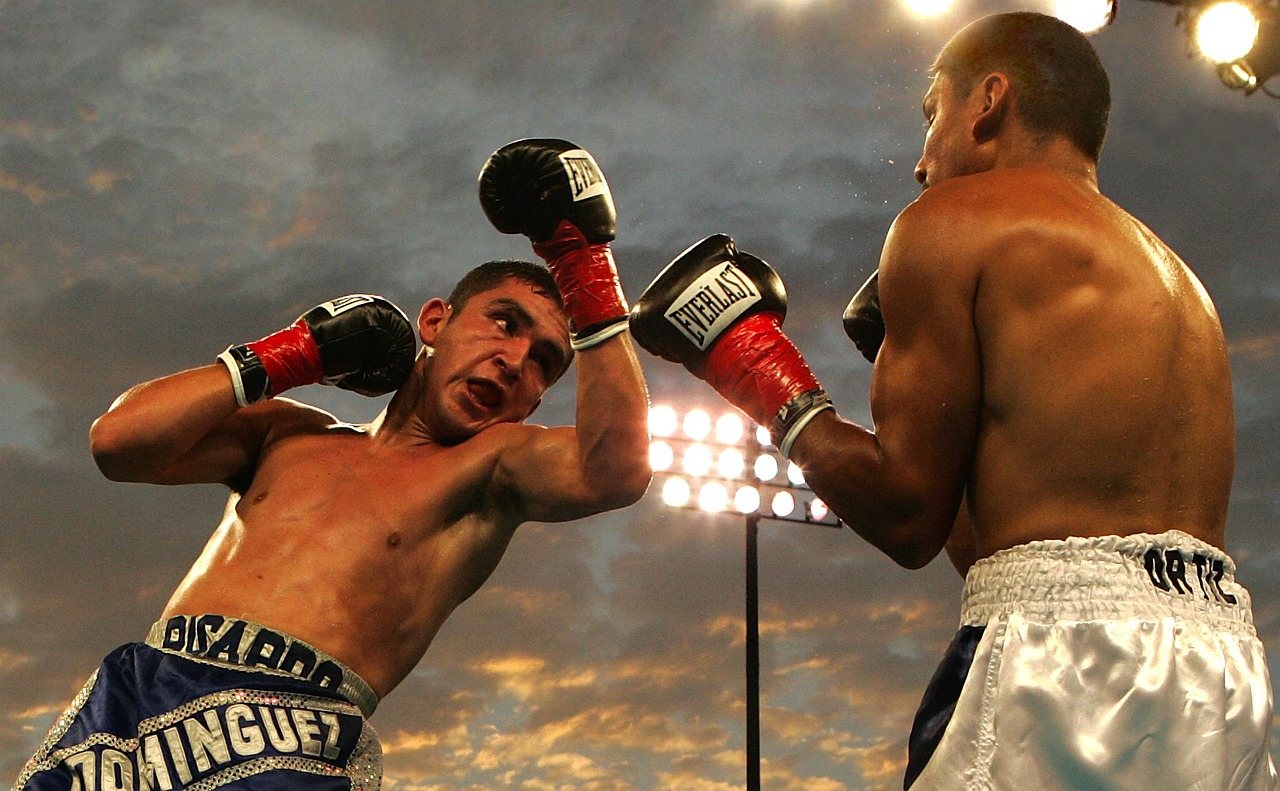
How Long is Concussion Recovery?
Concussion recovery duration varies among individuals and is influenced by factors such as age, sex, injury severity, and pre-existing medical conditions. While many individuals recover within a few weeks, some may experience symptoms for several months or longer.
General Recovery Timeline
Adults – Research indicates that adults typically recover from a concussion within 14 to 30 days. A systematic review and meta-analysis found that collegiate athletes reported symptom resolution in approximately 6 days, with cognitive recovery occurring around 5 days post-injury [18].
Adolescents and Children – Younger individuals often require more time to recover. High school athletes, for instance, reported symptom recovery at an average of 15 days, with cognitive recovery around 7 days post-injury [18].
Factors Influencing Recovery
Age – Older adults may experience prolonged recovery periods. The Toronto Concussion Study observed that participants over 35 years of age took longer to recover compared to younger individuals [19].
Sex – Females have been found to experience more severe initial symptoms and longer recovery durations than males [19].
Pre-existing Conditions – A history of migraines is associated with extended recovery times. However, pre-existing psychological conditions, such as anxiety or depression, were not directly linked to prolonged recovery in the same study [19].
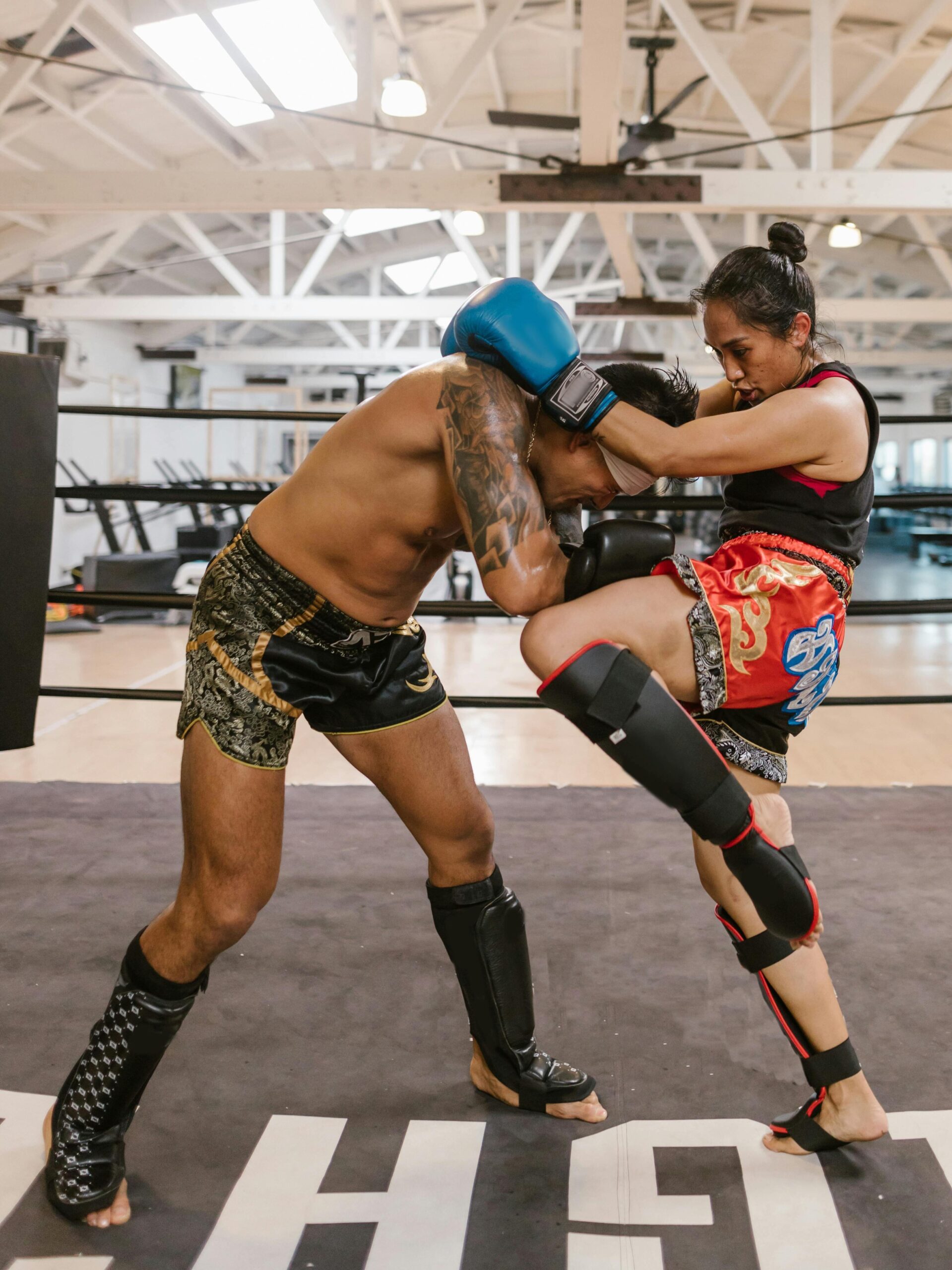
How to Speed Up Concussion Recovery?
Accelerating concussion recovery involves a combination of early, appropriate interventions and personalised management strategies. Emerging research highlights several approaches that may facilitate a more rapid and effective recovery:
Early Introduction of Controlled Aerobic Exercise
Recent studies suggest that introducing controlled, sub-symptom threshold aerobic exercise can expedite recovery. A randomised clinical trial demonstrated that adolescents and young adults engaging in early, monitored aerobic exercise experienced faster symptom resolution and returned to normal activities approximately four days sooner than those who performed stretching exercises. The exercise regimen involved activities such as walking or stationary cycling at intensities below the threshold that would exacerbate symptoms [20].
Phased Return to Play
Implementing a structured reintroduction physical activity is beneficial. The Consensus Statement on Concussion in Sport recommends a phased return-to-play protocol, which involves progressively increasing exercise intensity and complexity, ensuring that each stage is symptom-free before advancing.
Nutritional Support
Adequate nutrition supports brain healing. Research suggests that certain nutrients, including omega-3 fatty acids and antioxidants, may play a role in brain recovery post-concussion [20].
Sleep Management
Quality sleep is essential for recovery. A study highlighted that sleep disturbances are common after a concussion and can impede recovery, underscoring the need for effective sleep management strategies [20].
Individualised Management
Recovery trajectories can vary based on factors such as age, sex, injury severity, and pre-existing conditions. Personalised treatment plans that consider these factors are crucial. Collaborating with healthcare professionals experienced in concussion management ensures that interventions are tailored to the individual’s needs, optimising recovery outcomes [19].
Conclusion
Concussion management is a critical aspect of sports medicine, given its impact on athletes’ health and performance. While most individuals recover within a few weeks, factors such as age, sex, and injury history can influence recovery duration. Understanding the three stages of concussion helps in implementing appropriate treatment strategies. Emerging research supports early controlled exercise, nutritional support, and individualised management to optimise recovery. With increasing awareness and evolving guidelines, sports organisations and medical professionals continue to refine concussion protocols to enhance player safety and long-term well-being, ensuring a balance between athletic participation and brain health.
[1] Costa, E., & Grisham, C. (2022). Traumatic Brain Injuries. Journal of Student Research. https://discovery.ucl.ac.uk/id/eprint/1537979/1/Blennow_Traumatic_brain_injuries.pdf
[2] Howell, D., & Southard, J. (2021). The Molecular Pathophysiology of Concussion.. Clinics in sports medicine, 40 1, 39-51 . https://pmc.ncbi.nlm.nih.gov/articles/PMC9234944/
[3] Guskiewicz, K., McCrea, M., Marshall, S., Cantu, R., Randolph, C., Barr, W., Oñate, J., & Kelly, J. (2003). Cumulative effects associated with recurrent concussion in collegiate football players: the NCAA Concussion Study.. JAMA, 290 19, 2549-55 https://jamanetwork.com/journals/jama/fullarticle/197667
[4] Meehan, W., O’Brien, M., Geminiani, E., & Mannix, R. (2016). Initial symptom burden predicts duration of symptoms after concussion.. Journal of science and medicine in sport, 19 9, 722-5 . https://pmc.ncbi.nlm.nih.gov/articles/PMC4903939/#R1
[5] Thomas, D., Coxe, K., Li, H., Pommering, T., Young, J., Smith, G., & Yang, J. (2018). Length of Recovery From Sports-Related Concussions in Pediatric Patients Treated at Concussion Clinics. Clinical Journal of Sport Medicine, 28, 56–63. https://pubmed.ncbi.nlm.nih.gov/28085687/
[6] Guskiewicz, K., Weaver, N., Padua, D., & Garrett, W. (2000). Epidemiology of Concussion in Collegiate and High School Football Players. The American Journal of Sports Medicine, 28, 643 – 650. https://journals.sagepub.com/doi/10.1177/03635465000280050401
[7] McCrory, P., Ariens, M., & Berkovic, S. (2000). The Nature and Duration of Acute Concussive Symptoms in Australian Football. Clinical Journal of Sport Medicine, 10, 235-238. https://journals.lww.com/cjsportsmed/abstract/2000/10000/the_nature_and_duration_of_acute_concussive.2.aspx
[8] McCrory, P., Meeuwisse, W., Echemendia, R., Iverson, G., Dvořák, J., & Kutcher, J. (2013). What is the lowest threshold to make a diagnosis of concussion?. British Journal of Sports Medicine, 47, 268 – 271. https://bjsm.bmj.com/content/47/5/268#ref-54
[9] Covassin, T., Elbin, R., Harris, W., Parker, T., & Kontos, A. (2012). The Role of Age and Sex in Symptoms, Neurocognitive Performance, and Postural Stability in Athletes After Concussion. The American Journal of Sports Medicine, 40, 1303 – 1312. https://journals.sagepub.com/doi/pdf/10.1177/0363546512444554?casa_token=mM8jA3K2CYIAAAAA:AwMaWbeo5qwg9V5bmV1JwOfOvTOu2dfTJ5abkFhmZ6FvBG83OP4w1rUhjE6BNTvwWwGUVr3CL4lt
[10] O’Connor, K., Baker, M., Dalton, S., Dompier, T., Broglio, S., & Kerr, Z. (2017). Epidemiology of Sport-Related Concussions in High School Athletes: National Athletic Treatment, Injury and Outcomes Network (NATION), 2011-2012 Through 2013-2014.. Journal of athletic training, 52 3, 175-185 . https://www.researchgate.net/publication/315966309
[11] Peltonen, K., Launes, J., Koskinen, S., Vartiainen, M., Pajunen, S., Pertab, J., Laitala, T., & Hokkanen, L. (2020). On‐field signs of concussion predict deficits in cognitive functioning: Loss of consciousness, amnesia, and vacant look. Translational Sports Medicine, 3, 565 – 573. https://onlinelibrary.wiley.com/doi/pdfdirect/10.1002/tsm2.179
[12] Manley, G., Gardner, A., Schneider, K., Guskiewicz, K., Bailes, J., Cantu, R., Castellani, R., Turner, M., Jordan, B., Randolph, C., Dvořák, J., Hayden, K., Tator, C., McCrory, P., & Iverson, G. (2017). A systematic review of potential long-term effects of sport-related concussion. British Journal of Sports Medicine, 51, 969 – 977. https://bjsm.bmj.com/content/bjsports/51/12/969.full.pdf?ref=sportsmedicinesorted
[13] Mackay, D., Russell, E., Stewart, K., Maclean, J., Pell, J., & Stewart, W. (2019). Neurodegenerative Disease Mortality among Former Professional Soccer Players.. The New England journal of medicine. https://www.nejm.org/doi/full/10.1056/NEJMoa1908483
[14] Russell, E., Mackay, D., Stewart, K., Maclean, J., Pell, J., & Stewart, W. (2021). Association of Field Position and Career Length With Risk of Neurodegenerative Disease in Male Former Professional Soccer Players. JAMA Neurology, 78, 1 – 7. https://www.bmj.com/content/374/bmj.n1934
[15] Leddy, J., Burma, J., Toomey, C., Hayden, A., Davis, G., Babl, F., Gagnon, I., Giza, C., Kurowski, B., Silverberg, N., Willer, B., Ronksley, P., & Schneider, K. (2023). Rest and exercise early after sport-related concussion: a systematic review and meta-analysis. British Journal of Sports Medicine, 57, 762 – 770. https://blogs.bmj.com/bjsm/2023/07/07/
[16] Blume, H., Lucas, S., & Bell, K. (2011). Subacute concussion-related symptoms in youth. Physical medicine and rehabilitation clinics of North America, 22 4, 665-81, viii-ix . https://pubmed.ncbi.nlm.nih.gov/22050942/
[17] Maruta, J., Spielman, L., Yarusi, B., Wang, Y., Silver, J., & Ghajar, J. (2016). Chronic Post-Concussion Neurocognitive Deficits. II. Relationship with Persistent Symptoms. Frontiers in Human Neuroscience, 10. https://pubmed.ncbi.nlm.nih.gov/26912999/
[18] Williams, R., Puetz, T., Giza, C., & Broglio, S. (2015). Concussion Recovery Time Among High School and Collegiate Athletes: A Systematic Review and Meta-Analysis. Sports Medicine, 45, 893-903. https://pubmed.ncbi.nlm.nih.gov/25820456/
[19] Comper, P., Foster, E., Chandra, T., Langer, L., Wiseman-Hakes, C., Mochizuki, G., Ruttan, L., Lawrence, D., Inness, E., Gladstone, J., Saverino, C., Tam, A., Kam, A., Al-Rawi, F., & Bayley, M. (2023). The Toronto Concussion Study: a prospective investigation of characteristics in a cohort of adults from the general population seeking care following acute concussion, 2016–2020. Frontiers in Neurology, 14. https://pubmed.ncbi.nlm.nih.gov/37662043/[20] Leddy, J., Haider, M., Ellis, M., Mannix, R., Darling, S., Freitas, M., Suffoletto, H., Leiter, J., Cordingley, D., & Willer, B. (2019). Early Subthreshold Aerobic Exercise for Sport-Related Concussion: A Randomized Clinical Trial. JAMA Pediatrics, 173, 319–325. https://jamanetwork.com/journals/jamapediatrics/fullarticle/2723523
